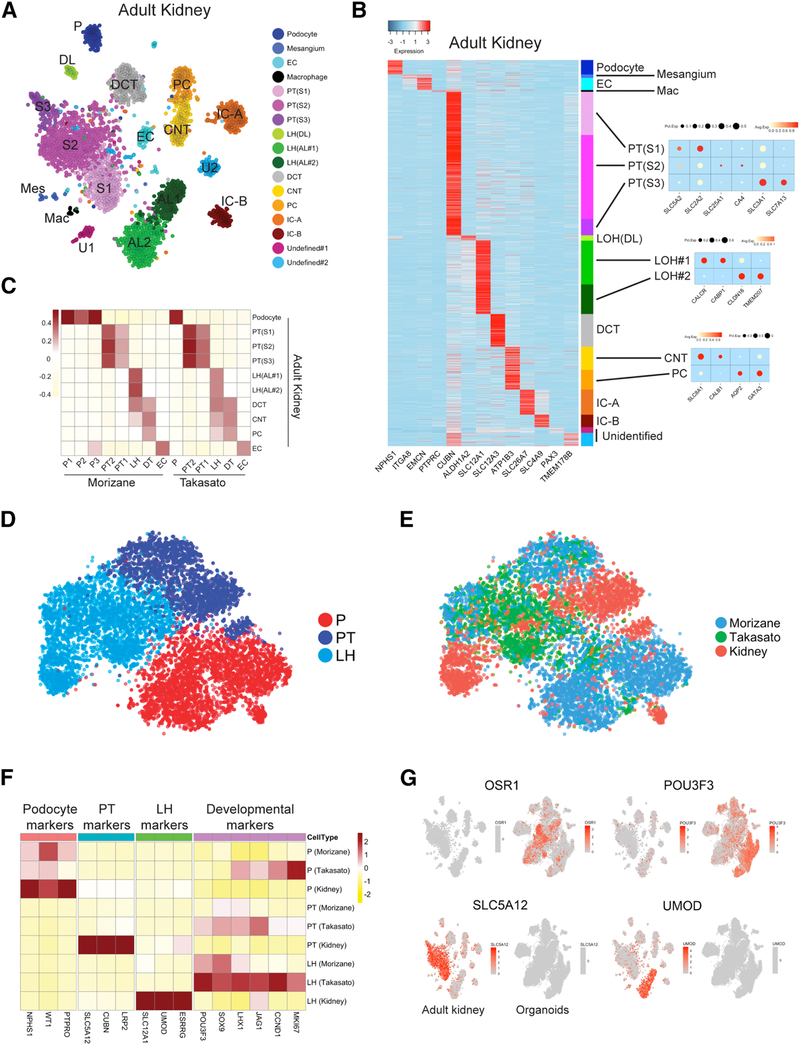Figure 4: Organoid cell types are immature compared to benchmarked adult kidney cell types.
(A) Unsupervised clustering of snRNA-seq of adult human kidney identified 17 distinct cell types in human adult kidney. That includes 11 tubular cell types, podocytes, mesangium, endothelial cells and macrophages. (B) Heatmap showing uniquely expressed genes for each cluster. (C) Pearson correlation analysis comparing the organoid cell types and their endogenous counterparts in human kidney. Color bar indicates the correlation score. (D) Reclustering of podocytes, proximal tubule (S1-S2) and loop of henle cells derived from both organoids and adult kidney, analyzed using canonical component analysis. (E) Cellular origins (Morizane, Takasato or adult kidney) visualized in the tSNE reveal poor overlap between organoid-derived and adult-derived cells within in each cluster. (F) Comparison of the average expression of marker genes and developmental genes between organoid cell types and adult kidney cell types. Expression value was scaled by z-score. (G) Expression of developmental factors OSR1 and POU3F3 is strong in organoids but almost undetectable in adult kidney. Expression of S1 marker SLC5A12 and loop of henle marker UMOD is strong in adult kidney and undetectable in organoids.

